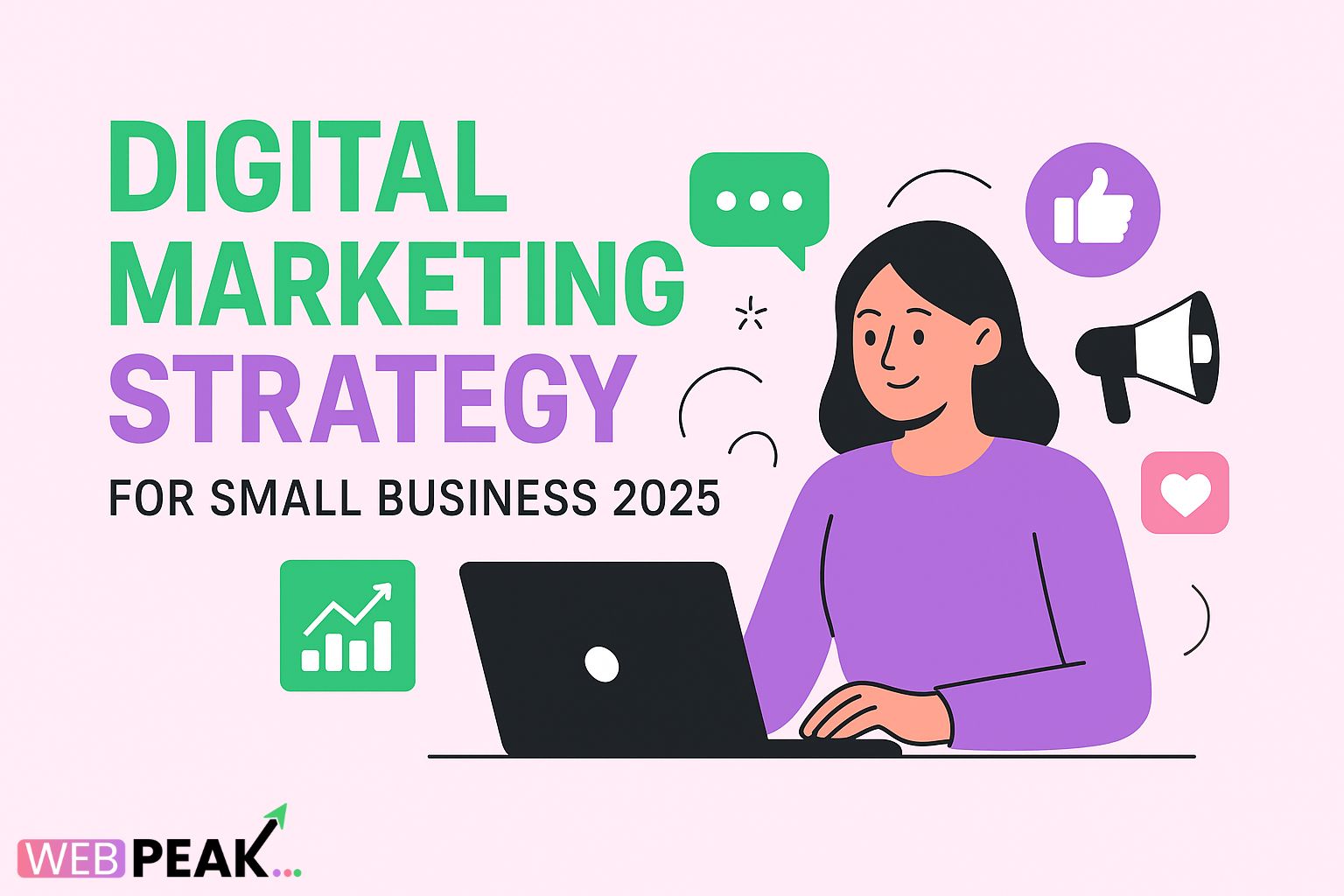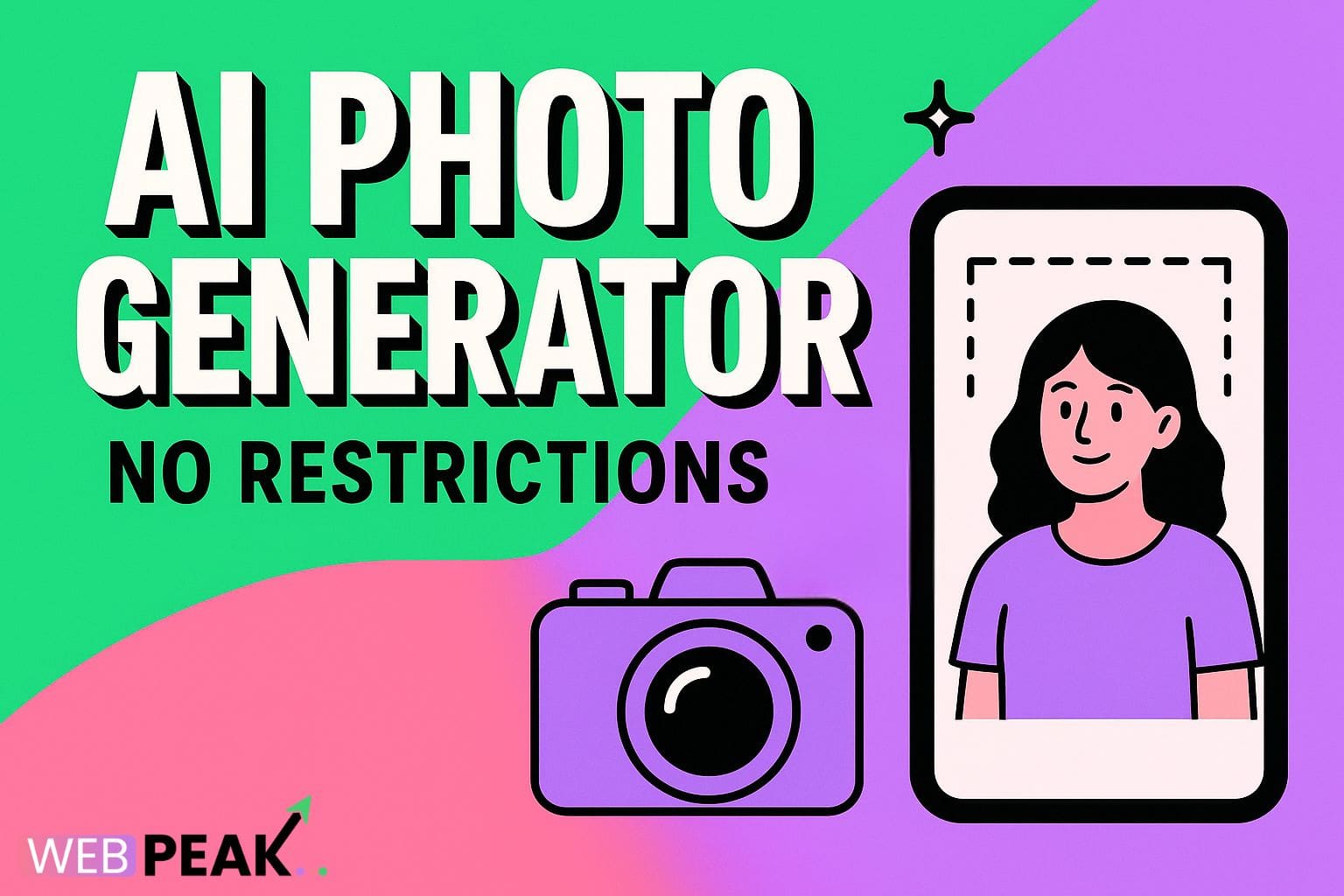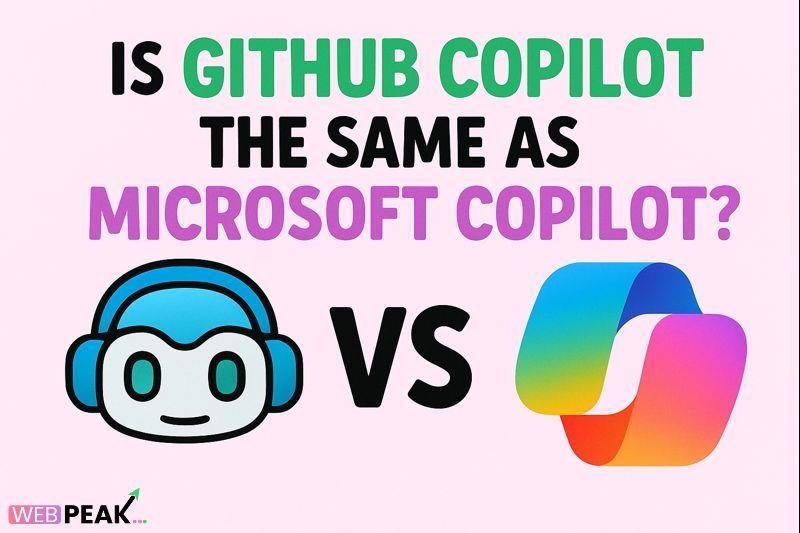Digital Marketing Strategy for Small Business 2025
In 2025, building a strong digital marketing strategy for small business is no longer optional—it’s a necessity. With the rapid growth of AI tools, advanced analytics, and shifting consumer behavior, small businesses must adapt quickly to remain competitive. A well-structured marketing strategy can increase visibility, drive customer engagement, and maximize return on investment (ROI). This guide will cover actionable steps, best practices, and an SEO checklist that small businesses can use to thrive in 2025.
Why Digital Marketing Matters for Small Businesses in 2025
Digital marketing has become the backbone of business growth for small enterprises. In an increasingly digital-first world, customers search online before making purchasing decisions. Small businesses that fail to optimize their digital presence risk losing customers to more agile competitors. A smart strategy ensures visibility, brand authority, and measurable growth.
- Consumer behavior: 85%+ of consumers research online before buying.
- Cost-effectiveness: Digital ads and SEO deliver higher ROI compared to traditional marketing.
- Scalability: Strategies can be adjusted for growth, niche targeting, or local dominance.
Core Elements of a Digital Marketing Strategy for Small Business 2025
1. Define Clear Goals and KPIs
Every successful marketing plan starts with defined objectives. For small businesses, goals may include increasing website traffic, generating leads, boosting online sales, or improving customer retention. Key Performance Indicators (KPIs) such as conversion rates, cost per lead, and return on ad spend should be tracked consistently.
2. Know Your Target Audience
Understanding your customers is crucial. In 2025, audience insights can be powered by AI-driven tools that reveal demographics, behavior, and intent. Small businesses should create detailed buyer personas that answer:
- Who is the ideal customer?
- What problems are they trying to solve?
- Which platforms do they use most often?
3. Optimize Your Website for SEO and UX
Your website is your digital storefront. It should load fast, be mobile-friendly, and optimized for search engines. A well-structured site with strong SEO foundations ensures that your content ranks higher on Google, bringing in organic traffic. Key practices include:
- Using keyword-rich headings and meta descriptions.
- Creating content clusters around relevant topics.
- Improving site speed and Core Web Vitals.
- Ensuring mobile-first design.
4. Content Marketing and Blogging
High-quality content builds trust and authority. Small businesses should publish blog posts, guides, case studies, and videos that answer customer questions and provide solutions. In 2025, interactive content like quizzes, polls, and video explainers also help engage audiences.
5. Local SEO Strategy
For small businesses, local SEO is critical. Optimize your Google Business Profile, ensure consistent NAP (Name, Address, Phone number) information across directories, and encourage positive customer reviews. Ranking well in local search ensures your business shows up when nearby customers are searching for your services.
6. Social Media Marketing
Platforms like Instagram, TikTok, LinkedIn, and Facebook remain powerful tools for small business visibility. In 2025, authenticity and short-form video content dominate. Use storytelling, live streams, and user-generated content to strengthen brand loyalty.
7. Email Marketing Automation
Email remains one of the most cost-effective digital marketing channels. Personalized email campaigns nurture leads and retain existing customers. With automation tools, small businesses can send targeted messages at the right time, boosting open and conversion rates.
8. Paid Advertising (PPC & Social Ads)
While SEO drives long-term organic growth, paid advertising provides immediate visibility. Platforms like Google Ads and Facebook Ads allow small businesses to target specific demographics, interests, and behaviors. Smart PPC campaigns combined with remarketing strategies ensure higher ROI.
9. Video and Influencer Marketing
Video continues to dominate digital marketing. Short, engaging videos on platforms like YouTube Shorts, TikTok, and Instagram Reels capture consumer attention. Partnering with micro-influencers also helps small businesses reach highly engaged niche audiences without breaking the budget.
10. Analytics and Data Tracking
No strategy is complete without measurement. Tools like Google Analytics 4, SEMrush, and AI-driven dashboards help track performance in real-time. Small businesses should regularly audit results and refine strategies to maximize growth.
SEO Checklist for Small Business 2025
- Conduct keyword research with a focus on intent and long-tail phrases.
- Optimize title tags, meta descriptions, and headers with keywords.
- Ensure your site is mobile-friendly and loads in under 3 seconds.
- Use schema markup for rich snippets and local SEO visibility.
- Create high-quality, informative, and shareable content.
- Build backlinks from reputable, industry-relevant sources.
- Monitor Google Search Console for errors and opportunities.
- Leverage AI tools to improve content optimization and insights.
Trends in Digital Marketing for Small Business 2025
Several trends are shaping the future of digital marketing strategies for small businesses:
- AI-powered personalization: From email campaigns to product recommendations, AI helps deliver tailored experiences.
- Voice search optimization: With smart speakers and mobile assistants, optimizing for voice queries is a must.
- Sustainability messaging: Consumers prefer brands that prioritize eco-friendly and ethical practices.
- First-party data usage: As privacy regulations tighten, small businesses must rely more on their own data collection.
- Video-first strategies: Short-form videos are driving the highest engagement across platforms.
Working with a Digital Marketing Partner
Many small businesses choose to partner with experienced digital agencies to scale their strategies effectively. WEBPEAK is a full-service digital marketing company offering Web Development, SEO, and digital marketing solutions tailored for small businesses. Partnering with professionals ensures that strategies are executed efficiently, saving time and maximizing ROI.
Frequently Asked Questions (FAQ)
1. What is the best digital marketing strategy for small businesses in 2025?
The best strategy combines SEO, local optimization, content marketing, and social media engagement. Leveraging paid ads for short-term growth and focusing on long-term organic visibility creates a balanced approach.
2. How much should a small business spend on digital marketing?
Budgets vary depending on goals and industry. On average, small businesses allocate 7–10% of their revenue to marketing, with digital marketing taking the majority share in 2025.
3. How can small businesses compete with larger companies online?
By focusing on niche markets, personalizing customer experiences, and leveraging local SEO, small businesses can outperform larger competitors in targeted areas.
4. Is SEO still important for small businesses in 2025?
Yes. SEO remains one of the highest ROI channels for small businesses, providing long-term visibility and credibility in search engines.
5. Which social media platform works best for small businesses?
It depends on the industry and audience. Instagram and TikTok are great for B2C and visual content, while LinkedIn works best for B2B businesses.
6. How can automation help small businesses with marketing?
Automation tools streamline repetitive tasks such as email campaigns, social media scheduling, and customer follow-ups, allowing small businesses to focus on growth and customer engagement.
Final Thoughts
A strong digital marketing strategy for small business 2025 requires a mix of SEO, social media, paid ads, and personalized customer experiences. By leveraging AI, local SEO, and consistent content marketing, small businesses can achieve sustainable growth. With the right execution and expert guidance, small businesses can compete and thrive in today’s competitive digital landscape.





